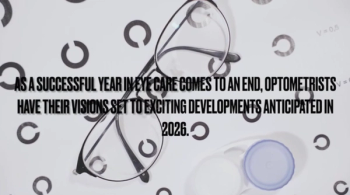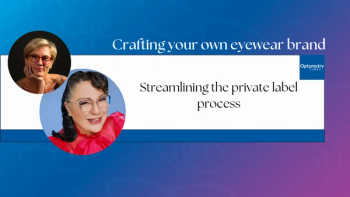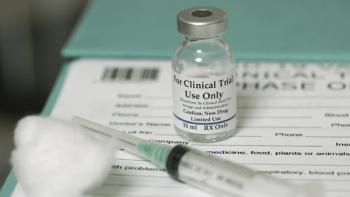
The Vision Council report finds shifts, consistencies in consumer spending
The report outlines views and behaviors of US adults regarding vision correction, managed vision care, eye examinations, prescription eyewear, reading glasses, and nonprescription sunglasses.
Research from The Vision Council reveals consumer trends across optical products and services for the first quarter of 2025.1 The Consumer inSights Q1 2025 report found that consumer spending on vision care products was up in Q1 compared with the last quarter of 2024, following a seasonal pattern consistent with the past 2 years as managed vision care benefits typically reset at the beginning of the year, according to a news release.
The report outlines views and behaviors of 12,002 US adults regarding vision correction, managed vision care, eye examinations, prescription eyewear, reading glasses, and nonprescription sunglasses.
“This quarter’s data reflects a continued commitment from consumers to invest in their vision health, with spending trends aligning with seasonal patterns and the ongoing importance of managed vision care,” said Alysse Henkel, vice president of Research and inSights at The Vision Council. “While consumer spending ticked up slightly this quarter, that shift reflects expected seasonal patterns tied to the start-of-year reset in benefits. We’re closely monitoring consumer sentiment in our survey each month as tariffs and broader economic uncertainties evolve.”
Other findings from the report include the number of consumers spending $200 or more increasing from 27% to 28%, with contact lens purchases over $200 rising from 14% to 17%. The highest jump in consumer spending was those spending $100 or more on nonprescription glasses, from 28% to 34%, reported as the highest rate in 3 years.1
Additionally, online purchasing of contact lenses increased from 35% to 39%. Shifts were also reported in managed vision coverage, with the number of respondents with employer-sponsored managed vision care plans remaining at 47% in Q4 of 2024 and Q1 of 2025, which had decreased from 50% in Q3. “This ongoing decline is countered with a steady increase in government-sponsored vision coverage, particularly among aging Baby Boomers transitioning into eligibility,” the release stated. The percentage of consumers who paid less than $100 for their glasses was reported at 40%, with 67% of consumers paying under $50 for their eye examination. Only 15% reported spending over $100.1
Reference:
The Vision Council releases new report tracking Q1 optical consumer spending, shopping habits, and coverage trends. News release. The Vision Council. April 17, 2025. Accessed April 21, 2025. https://thevisioncouncil.org/blog/vision-council-releases-new-report-tracking-q1-optical-consumer-spending-shopping-habits-and
Newsletter
Want more insights like this? Subscribe to Optometry Times and get clinical pearls and practice tips delivered straight to your inbox.













































.png)


